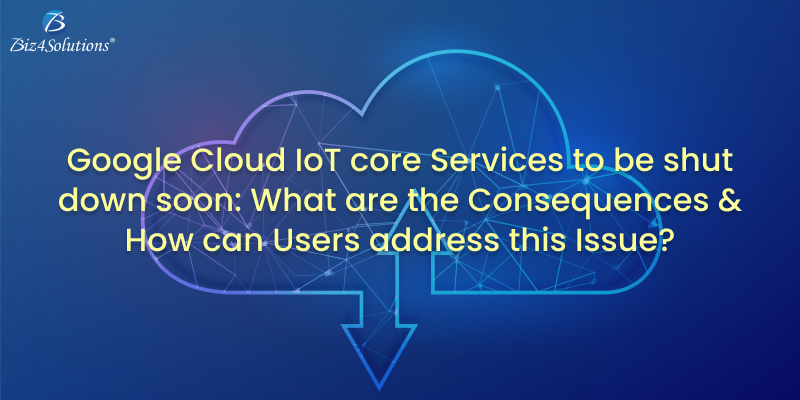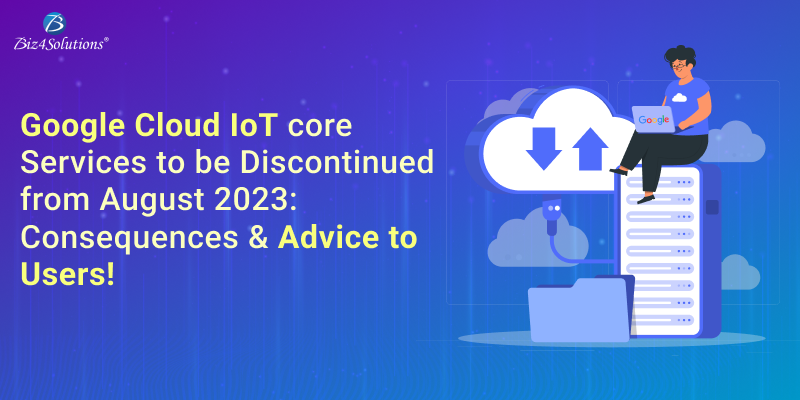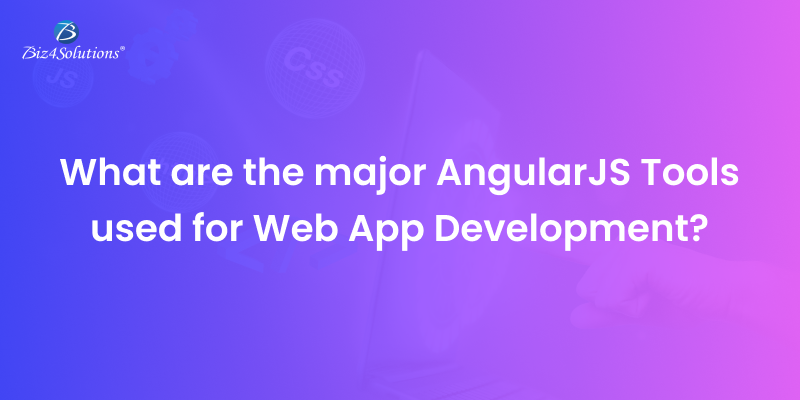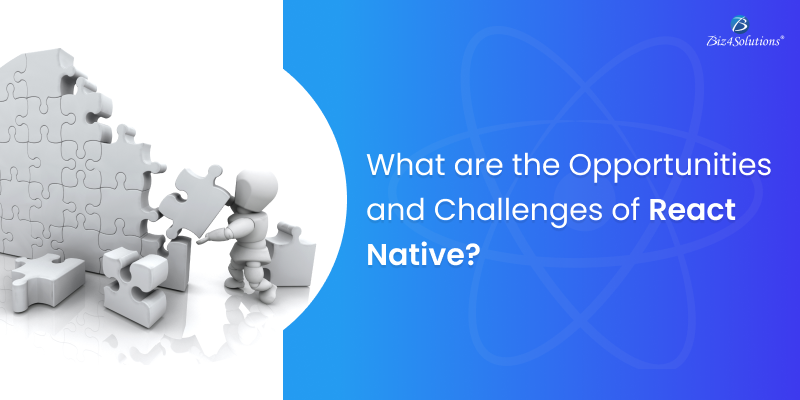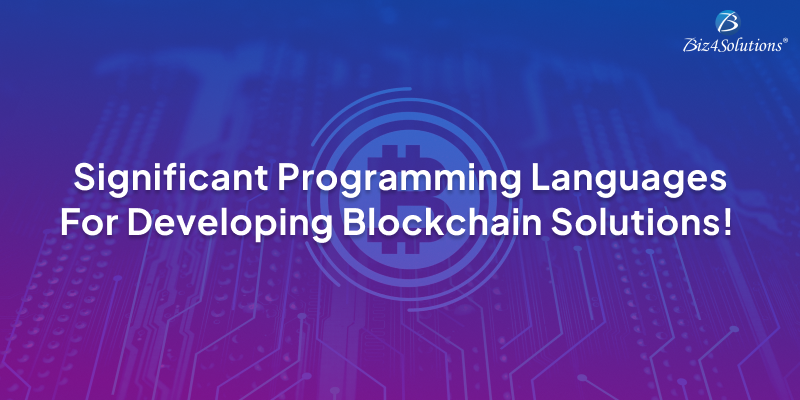
Blockchain app development is gaining momentum at a fast pace and this trend is here to stay. Blockchain solutions have proven their worth as game-changers in almost every industry vertical. Here are some interesting stats on Blockchain adoption as researched by the online portal DEMANDSAGE:
- As of January 2023, more than 85 million global users had Bitcoin block explorer Blockchain wallets.
- As recorded in January 2023, the average Bitcoin transactions executed in one single day were between 291015 and 205314.
- By the year 2024, the global expenditure on Blockchain apps and solutions will reach $19 billion
Developing a disruptive Blockchain application or solution is a lucrative option for entrepreneurs and investors. However, businesses planning to build a Blockchain solution should understand the basics of Blockchain programming before jump-starting their project or proceeding to hire Blockchain app development services. This post discusses the offerings of the top Blockchain programming languages. After reading this post you will be able to figure out which language would be the best fit for your Blockchain use case.
Top Programming languages for Blockchain Development
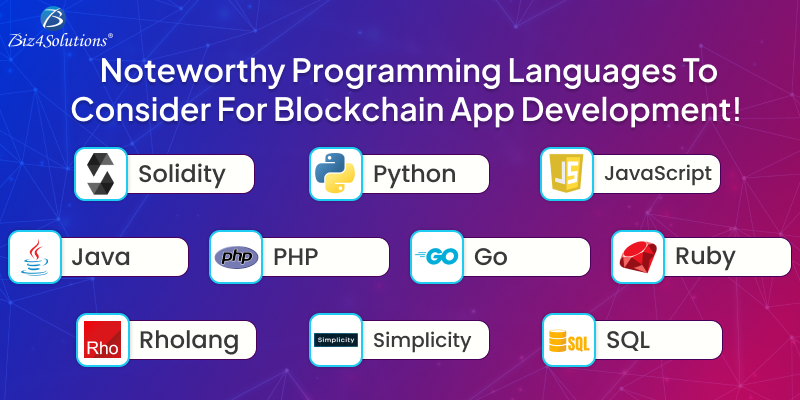
Solidity
Solidity is an object-oriented Blockchain programming language specifically designed to create smart contracts and decentralized applications that run on the EVM (Ethereum Virtual Machine). Ethereum is a massive computing platform based on Blockchain; its ecosystem is one of the most crucial components of Blockchain app development. The creators of Ethereum have developed Solidity and provide active support to this high-level programming language for fulfilling their in-platform requirements. Influenced by other programming languages like Java, JavaScript, Python, and C++; Solidity has proved its worth as one of the best languages for writing smart contracts.
Features
Solidity is flexible, stable, and promises a good accuracy rate. It comes with numerous disruptive features like variadic return and static typing. It supports concepts such as user-defined functions, inheritance properties, and libraries. Solidity comes with an easy learning curve and enables access to tools like debuggers, JS infrastructures, etc. Solidity has several type-safe functions due to the presence of ABI (Application Binary Interface).
Use Cases
Solidity is used for developing Ethereum smart contracts and Chainlink smart contracts. Chainlink is a decentralized Oracle network used for on-chain as well as off-chain Blockchain computations. Another use case of Solidity is the compound protocol on Ethereum Blockchain. This is an autonomous interest rate protocol involving algorithms. Solidity is also used for developing Uniswap. Uniswap is a decentralized crypto trading platform involving a network of decentralized finance apps governed by a community.
Python
Python is one of the most popular Blockchain programming languages. Its robust nature and versatility speed up the development time. Python has a simple English-like syntax that reduces the lines of coding and so, is a perfect pick for newbie coders. Python programming suits both approaches – scripting, and base. It is a high-level language that can be effortlessly integrated with other programming languages like Java, C++, etc. It functions on various platforms including Mac, Linux, Windows, and Raspberry.
Features
Python is object-oriented, easy to code, and extensively portable. It offers strong open-source language support, OOP support, rapid prototyping, access to a dynamic architecture, and dynamic memory allocation. The availability of multiple online resources like libraries, plugins, and development manuals facilitates Blockchain app development; developers get the solution to almost every issue faced during Blockchain projects. Libraries like Numba speeds up coding without compromising on crucial factors like security and performance. Python fares better in performing complicated mathematical operations and handling Big data as compared to most other programming languages.
Use Cases
It is used to write smart context for Hyperledger Fabric, NEO contracts, Steemit, and develop cryptocurrencies like Ethereum and Bitcoin.
Java
This is a popular platform-independent Blockchain programming language that is widely used for developing decentralized applications and smart contracts. The language is derived from C-Syntax and functions on the WORA (Write Once Run Anywhere) concept. Its ubiquitous nature allows one to use Java for almost every web system. As such, the code written by programmers is highly portable and can be run on every device that has JVM (Java Virtual Machine).
Features
Java’s offerings are manifold. Its Portability makes it an apt choice for Blockchain development projects. Java comes with an extensive API (Application Programming Interface), that includes multiple Java classes, packages, and interfaces. Owing to its multi-threaded nature, you utilize the CPU to the fullest. It’s a developer-friendly language and can support heavy APIs like object-oriented programming based on its class. Java offers adequate libraries and simplifies the process of memory cleaning. Using Java’s security manager, you can define access rules for a specific class; this minimizes the chances of security vulnerabilities. Java’s programming is based on Java Virtual Machine and is not dependent on any specific system-based infrastructure. Hence, its capabilities are not limited by a device’s architecture and it can handle a huge number of users on a Blockchain network simultaneously.
Use Cases
The use case examples include creating Blockchains on platforms like Hyperledger Fabric, Ethereum, NEO, IOTA, etc.
JavaScript
JavaScript is a popular web language and is pre-installed in most PCs and so, it becomes easy to build Blockchain solutions with JS.
Features
JavaScript is a lightweight, object-oriented, and prototype-based scripting language that provides support for functional programming. JS can easily handle asynchronous actions and the communications taking place between nodes. It comes with a wide range of tools and libraries that facilitate Blockchain app development.
Use Cases
Using JavaScript, Blockchain app developers can connect an app’s front end to Ethereum’s network and smart contracts. JS is has also been used in Hyperledger Fabric.
PHP
PHP (Hypertext Preprocessor) is an open-source and object-oriented programming language that can be used to develop Blockchain solutions of various complexity levels. The language is straightforward and simple and offers an easy learning curve.
Features
PHP is platform-independent and powered by the Zend Engine; so, it can be written on a wide variety of OSs. It offers a highly configurable library that comes in handy for developers. Its interactive pages enable one to sail through complex requirements. PHP has a built-in database connection module; this reduces the hassles and speeds up the development time during web development projects.
Use Cases
PHP is used for smart contract development.
Go
This Google-developed language has gained traction as one of the top Blockchain programming languages. Go is an open-source and statically typed language. It offers benefits like speed, user-friendliness, flexibility, and scalability that make it suitable for Blockchain development.
Features
Go comes with a powerful library containing functions & packages. It provides organized syntaxes. It enables you to run multiple processes simultaneously without compromising on memory resources. Despite being a static language, Go gives developers a feel of being dynamic.
Use Cases
Go-Ethereum (Ethereum-based project written in Go) and GO-Hyperledger Fabric.
Ruby
Ruby is a high-level and general-purpose programming language that comes with cross-platform compatibility. This open-source language is developer-friendly and focuses on simplicity and high productivity. It can be installed in Windows & POSIX and can be connected to Oracle, MySQL, Sybase, and DB2.
Features
Ruby is a multi-paradigm language that has exceptional memory allocation abilities. It is an interpreted and scripting language. The feature of multiple-language adaptability makes Ruby a good choice for Blockchain app development.
Use Cases
Ruby allows developers to program Blockchain solutions using third-party plugins and APIs.
Rholang
Rholang is newer as compared to other Blockchain programming languages. It comes with an easy-to-understand syntax. It is reliable, speedy, and user-friendly and provides high accuracy levels. Rholang employs a functional programming approach instead of an object-oriented programming approach.
Use Cases
Blockchain experts have used Rholang for developing smart contracts and other high-end Blockchain-based projects.
Simplicity
This programming language minimizes the low-level understanding of cryptocurrencies. Simplicity is reliable and offers the security of funds, an offering that provides it an edge over many other Blockchain programming languages. is in harmony with the “Elements platform” of Blockstream. It is a viable option for creating sophisticated and secured smart contracts in Blockchain environments.
Use Cases
Simplicity is compatible with the Blockchain-based platform Ethereum. It reduces the complex functionality of the Bitcoin Script by enabling a low-level understanding of the Bitcoin Script. It’s a good option for coding smart contracts.
SQL
SQL (Structured Query Language) is one of the most recent Blockchain programming languages. You can use it for creating secure and effective solutions. This is an IBM-created language. It facilitates communication with databases like SQL Server, MySQL, Oracle, and PostgreSQL. Users can utilize SQL to store data queries and also manipulate and raise those queries.
Use Cases
Aergo is an important use case of Blockchain development in SQL. It is a Blockchain project that offers ready-to-use solutions to companies that work with technologies like Coinstack or Blocko. You can also use SQL for developing robust business-centric smart contracts.
CX
CX is one of the most sought-after Blockchain programming languages that can function as a contractual digital intermediary.
Features
Its features include a simplified error control process and access to pointers, arrays, and propelled cuts. CX enables developers to effortlessly manipulate programs and apply vectors, pointers, forced reductions, etc.
Use Cases
CX when integrated with the programming language Go, gives businesses an escape from critical issues like discretionary code execution steps. CX integrates well with Open Graphics Library (OpenGL). Blockchain developers have leveraged this integration to gain advantages regarding GPU capacity.
C++
C++ is a general-purpose programming language. You can use it for creating a wide variety of applications like finance solutions, AR/VR apps, 3D gaming apps, etc. It is a robust, flexible, & object-oriented programming language that is capable of managing resource-intensive apps smoothly. It’s a multi-paradigm language and follows the OOPs technique. This language is developer-friendly and offers ease of usage. C++ is one of those Blockchain programming languages that promises a faster execution time.
Features
Its offerings include efficient memory control, function overloading, and effective CPU management. C++ can effortlessly run parallel and non-parallel threads. It can isolate the code for different data structures as well. The capability of run-time polymorphism results in improved app performance. Its data-hiding capability strengthens the security quotient. There’s also the option for moving semantics to copy data productively.
Use Cases
Blockchain experts have used C++ for developing smart contracts on the EOS Blockchain and developing cryptocurrencies such as Stellar, Litecoin, Bitcoin, EOS, and Ripple.
C#
C# is an open-source and object-oriented programming language created by Microsoft. It happens to be one of the most popular Blockchain programming languages. We can use it to build scalable applications with .NET compatibility. C# is a great pick for crafting powerful codes with cross-platform compatibility.
Features
C# is an Extensible Markup language and can function as a support for distributed systems. With this language, programmers can create highly portable codes that run on a wide variety of hardware and OSs including Windows, Mac, Android, Linux, etc. The assembly control feature makes it easier for developers to handle issues like version control. The OOPs feature in C# helps in optimizing the performance of Blockchain solutions and apps.
Use Cases
One use case example of C# is in NEO. Here, experts have used it in combination with other programming languages such as Python, JavaScript, Java, & Go. Stratis is another use case of C#. This is a Blockchain-as-a-service providing platform powered by Microsoft. IOTA, an open-source distributed ledger and cryptocurrency, is another use case example.
Vyper
Vyper is one of the newest Blockchain programming languages. It is compatible with EVM and its syntax is similar to that of Python 3’s. You can use Vyper as an alternative to the popular Blockchain programming language Solidity.
Features
Vyper comes with an exceptional control structure that enables handling security challenges more effectively. Its other offerings include modifiers, recursive calling, etc.
Use Cases
The Ethereum Virtual Machine (EVM) uses Vyper and we also use it to develop smart contracts.
Concluding Views:
All the aforementioned Blockchain programming languages come with distinct offerings and are suitable for specific use cases. You need to pick the language based on your use case requirements. A thorough knowledge of the offerings of these languages will help you to make the right decision while choosing the tech stacks for your Blockchain project. A good understanding of these programming languages will also prove beneficial when you’re discussing tech stack selection, with the Blockchain App Development Company to whom you’ve outsourced your project.


